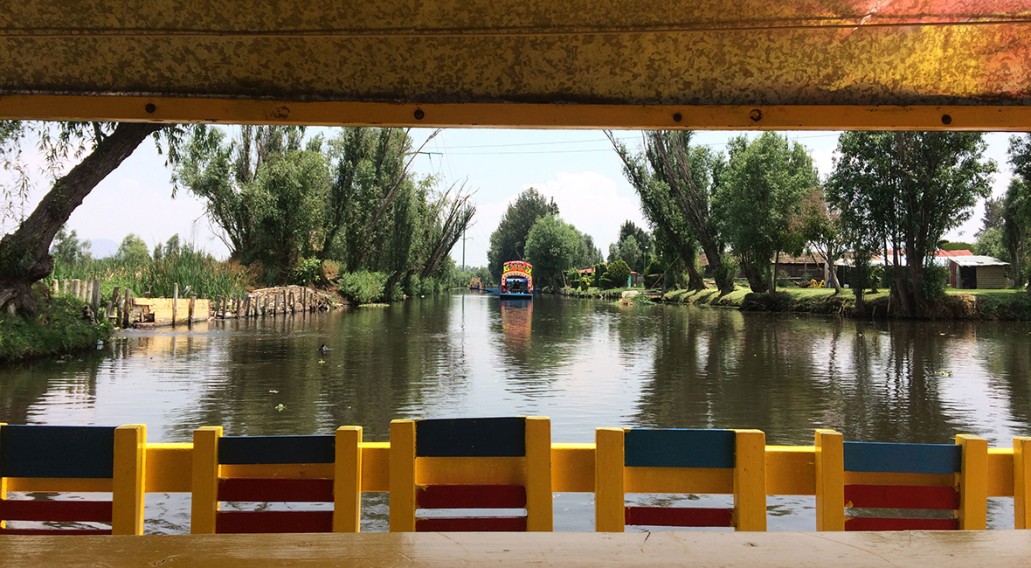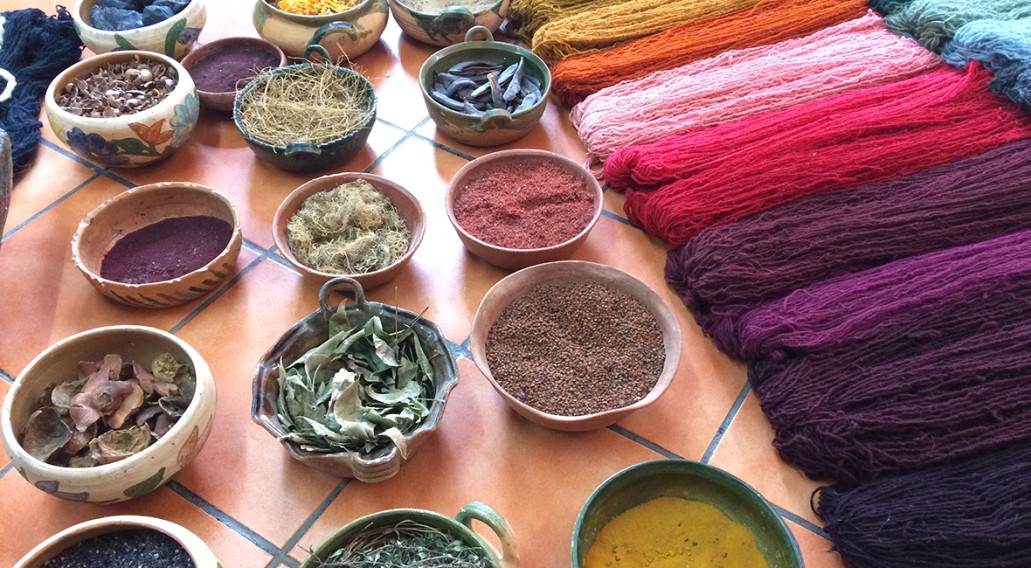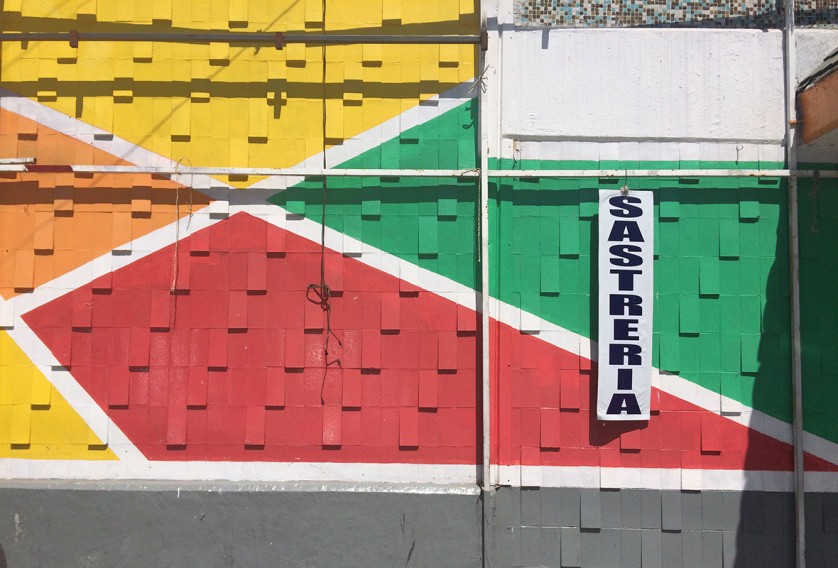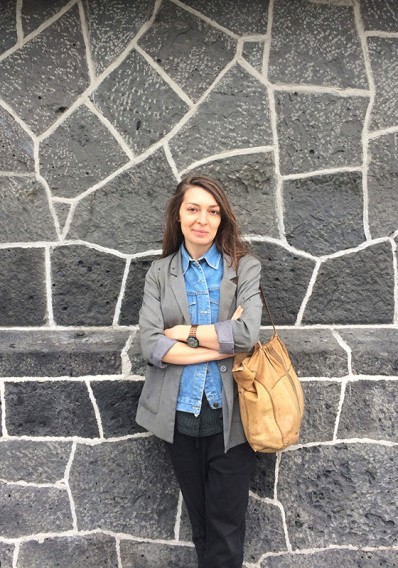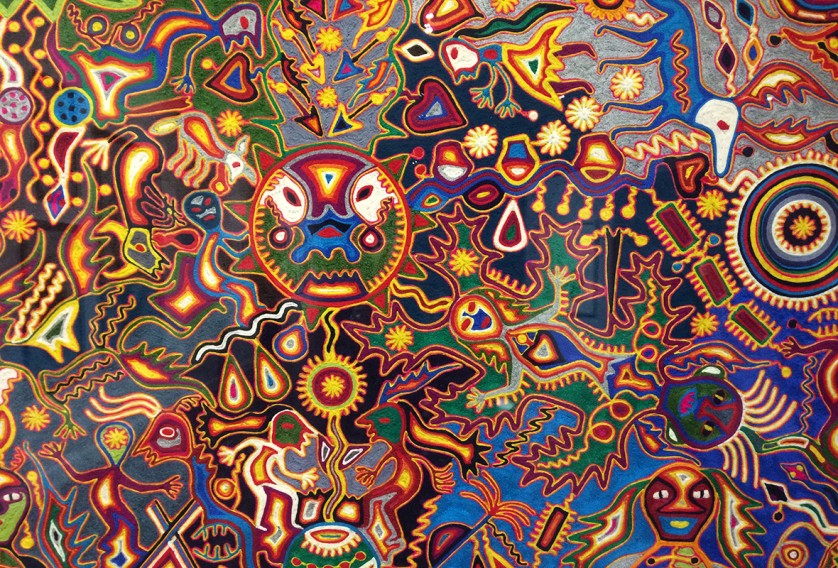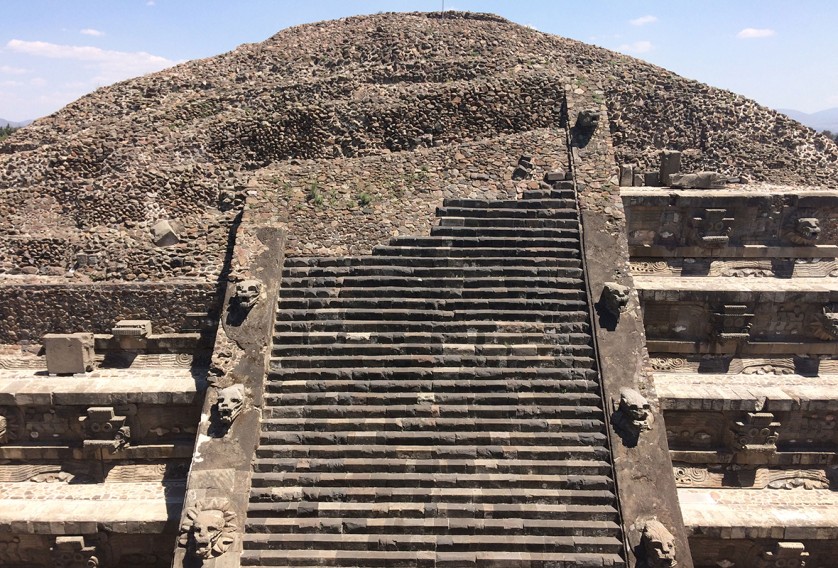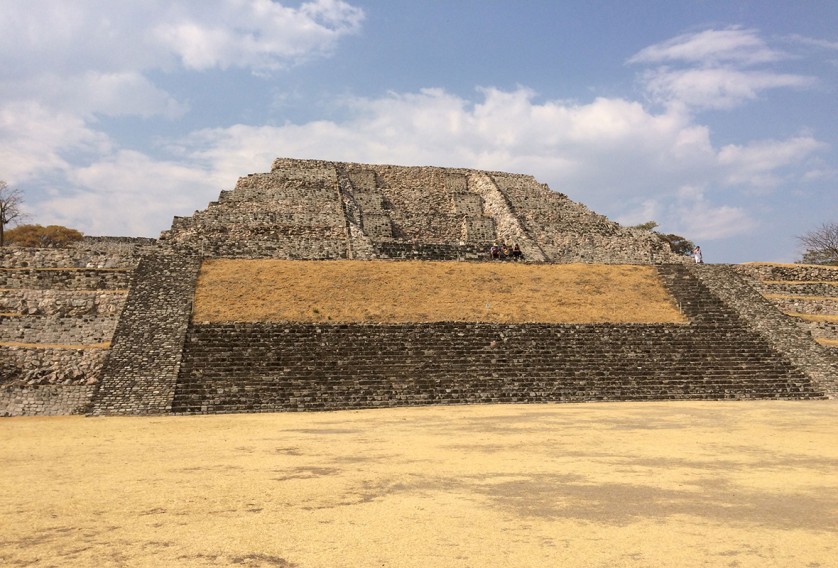Stefania Strouza
"Deep time" in Mexico City
Mexico City was a revelation with regard to its cultural complexity and the layers of tradition that the city embodies. Before my arrival I heard contradictory opinions about what it meant to live there. And I have to say that both sides are true. The huge city with 22 million people is an assemblage of magnificent, well-kept neighbourhoods, numerous museums and parks as well as extremely impoverished areas where the lower classes live. You have to bear in mind those two realities of the city to better understand its residents. Personally, I have always enjoyed the improvised nature of things there. And I have much appreciated the civilisation that has so diverse references to the pre-Columbian, Hispanic and Modernist tradition. Trips, also outside the city, have reinforced this idea of cultural diversity since there are so many traditions rooted deep in time that the traveller encounters.
These connections have strongly influenced my personal artistic practice when I started research on the history of water in Mexico City. During my four-month stay I collected historical material on the drying up of the lakes on which the city developed. I had the opportunity to study various production techniques and materials, such as obsidian, leather and textiles, and to visit local workshops in the city. This research resulted in a series of sculptural works that tell about the changing perception of the lake system of Mexico City and combine historical facts with topical issues of eco-criticism and urbanisation.


Fundamentos Líquidos (Liquid Foundations), 2018, bricks, wood, queen conch shell, 120 x 200 x 100 cm
"The work is the outcome of my recent studio residency in Mexico City with the support of the Austrian Cultural Chancellery. Examining the evolution of the city in relation to water, I develop a narrative beginning with the Aztec city of Tenotichtlan, a place founded upon an expansive lake system, until the contemporary megalopolis of Mexico City. There, the processes of desiccation along with the continuous drilling to access underground water sources, have led to the city’s gradual sinking, along with its elaborate infrastructure and buildings.
The sculpture examines the “acts of retribution” of water itself, as these come from the underground and the foundations of the city. A brick structure that resembles an Aztec temple or altar—but also modernist architecture––finds itself tilting over, under some invisible power. The only clue found for the deformation, is a single queen conch shell pushing from underneath. Seashells are recurrent elements in pre-Columbian cosmology, symbolizing humidity, fertility and life itself and were brought to the capital from distant waters. Copies of shells were also embedded into the walls of temples, implying the ever-present importance of water for the constitution of the city. In the sculpture, the seashell serves as disruptive element, acting against the architecture rather than supporting it. At the same time, it points to the idea of an animate, subversive femininity that still flows and disturbs even the most well founded and ambitious gestures of human civilization."
presented in the exhibition Ad Astra, curated by Ysabel Pinyol, 5-9 December 2018, at Pinta Miami, MANA Wynwood
with the generous support of CRAFT Engineering Studio
| 1. | My stay in one word: |
| Fantastic | |
| 2. | Things I miss since I am no longer there: |
| I definitely miss the diversity of places with which I was able to identify: from the most cosmopolitan, most architecturally brilliant and culturally charged areas to the extreme urbanity, improvisation and everyday life in the city centre and the popular quarters. | |
| 3. | Dos & don'ts at this place: |
| Do‘s: Go for many walks in the city, there is always something interesting in every corner, from the do-it-yourself strategies of the locals to the urban structures that populate the city.Don‘ts: Don’t walk alone at night, don’t hail a taxi in the street but only at official taxi ranks or use Uber. | |
| 4. | Where to buy great supplies: |
| The city centre is full of wonderful shops and markets offering materials of all kinds imaginable. It is a question of research to find out what works best for a project. | |
| 5. | What you should definitely bring with you from home: |
| Medication, as some things could be more difficult to find in Mexico City. | |
| 6. | Concerning art at my residency place: |
| I found the art scene of Mexico City unique with regard to its mix of local techniques and different approaches to contemporary art. | |
| 7. | Around the studio – this is where I go shopping, drink a coffee and get the best lunch specials within walking distance: |
| There are very beautiful places for having lunch and breakfast at Monte Everest Street, just a 15-minute walk from the studio. | |
| 8. | Where I like to spend the evening (dinner, drinks and best sound): |
| My favourite bar definitely was "La Chicha" and the best place for eating was "La Riviera del Sur", both in Roma. | |
| 9. | What I would have liked to know about the studio already at the start of my residency: |
| I would have liked to have more contacts to local art institutions beforehand. |
Website resident: stefaniastrouza.com

